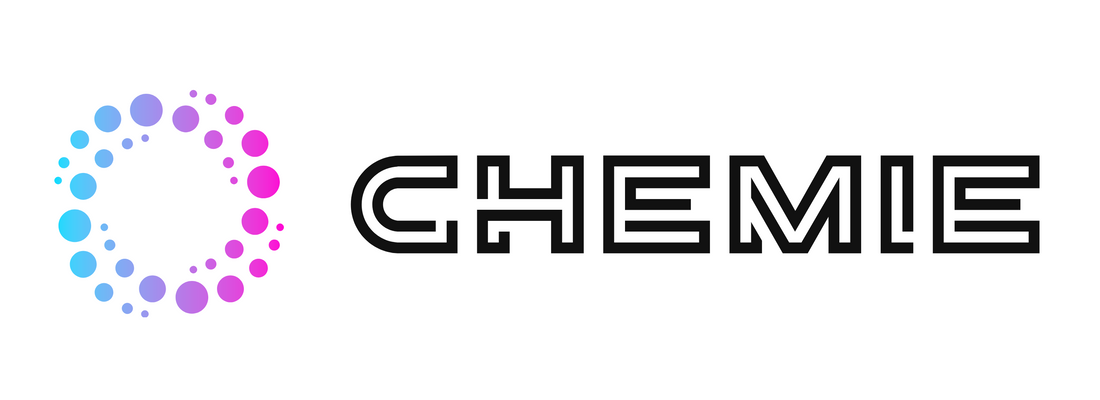The Buzz on Chemie
Wiki Article
Some Known Factual Statements About Chemie
Table of ContentsThe Basic Principles Of Chemie What Does Chemie Do?Chemie - TruthsMore About ChemieSome Known Questions About Chemie.Everything about Chemie
By Bojanna Shantheyanda, Sreya Dutta, Kevin Coscia and David SchiemerDynalene, Inc. Liquid cooling, which can be accomplished using indirect or direct ways, is utilized in electronics applications having thermal power densities that might go beyond secure dissipation via air cooling. Indirect liquid cooling is where warm dissipating digital elements are physically divided from the fluid coolant, whereas in situation of direct cooling, the components remain in direct contact with the coolant.However, in indirect air conditioning applications the electric conductivity can be essential if there are leaks and/or splilling of the fluids onto the electronic devices. In the indirect air conditioning applications where water based fluids with rust inhibitors are generally made use of, the electrical conductivity of the fluid coolant mostly depends on the ion concentration in the fluid stream.
The rise in the ion concentration in a shut loop fluid stream might happen due to ion leaching from metals and nonmetal parts that the coolant fluid touches with. Throughout operation, the electric conductivity of the fluid might increase to a level which can be hazardous for the cooling system.
Some Known Questions About Chemie.
(https://www.easel.ly/browserEasel/14548613)They are bead like polymers that can trading ions with ions in a service that it is in contact with. In the existing work, ion leaching tests were performed with different steels and polymers in both ultrapure deionized (DI) water, i.e. water which is treated to the highest degree of purity, and low electrical conductive ethylene glycol/water combination, with the determined adjustment in conductivity reported gradually.
The samples were allowed to equilibrate at space temperature for 2 days prior to tape-recording the first electrical conductivity. In all examinations reported in this study liquid electrical conductivity was determined to an accuracy of 1% utilizing an Oakton disadvantage 510/CON 6 series meter which was calibrated before each measurement.
The Of Chemie
from the wall heating coils to the center of the heater. The PTFE sample containers were placed in the furnace when constant state temperature levels were reached. The examination arrangement was removed from the heating system every 168 hours (seven days), cooled to space temperature with the electric conductivity of the fluid gauged.The electric conductivity of the fluid sample was checked for an overall of 5000 hours (208 days). Schematic of the indirect shut loop cooling down experiment set-up. Elements used in the indirect shut loop cooling down experiment that are in read contact with the fluid coolant.

The Single Strategy To Use For Chemie
The change in liquid electrical conductivity was checked for 136 hours. The liquid from the system was accumulated and kept.
0.1 g of Dowex resin was contributed to 100g of liquid samples that was taken in a different container. The mix was mixed and transform in the electrical conductivity at space temperature level was measured every hour. The determined change in the electric conductivity of the UP-H2O and EG-LC test fluids having polymer or metal when engaged for 5,000 hours at 80C is revealed Number 3.
Things about Chemie
Ion seeping experiment: Calculated change in electrical conductivity of water and EG-LC coolants containing either polymer or metal examples when submersed for 5,000 hours at 80C. The results suggest that metals contributed fewer ions right into the liquids than plastics in both UP-H2O and EG-LC based coolants.Fluids having polypropylene and HDPE showed the least expensive electrical conductivity adjustments. This might be because of the short, inflexible, linear chains which are less likely to add ions than longer branched chains with weak intermolecular forces. Silicone also executed well in both test fluids, as polysiloxanes are normally chemically inert due to the high bond power of the silicon-oxygen bond which would protect against deterioration of the product into the liquid.
Some Known Questions About Chemie.
It would be anticipated that PVC would certainly produce similar results to those of PTFE and HDPE based upon the comparable chemical structures of the materials, nevertheless there might be various other impurities existing in the PVC, such as plasticizers, that might influence the electrical conductivity of the fluid - high temperature thermal fluid. In addition, chloride groups in PVC can also leach right into the examination liquid and can create an increase in electrical conductivityBuna-N rubber and polyurethane showed indications of deterioration and thermal disintegration which recommends that their feasible energy as a gasket or glue product at greater temperature levels can bring about application concerns. Polyurethane completely disintegrated into the test fluid by the end of 5000 hour examination. Number 4. Prior to and after photos of steel and polymer examples submersed for 5,000 hours at 80C in the ion seeping experiment.
Calculated adjustment in the electric conductivity of UP-H2O coolant as a function of time with and without resin cartridge in the closed indirect air conditioning loophole experiment. The determined modification in electric conductivity of the UP-H2O for 136 hours with and without ion exchange resin in the loop is received Number 5.
Report this wiki page